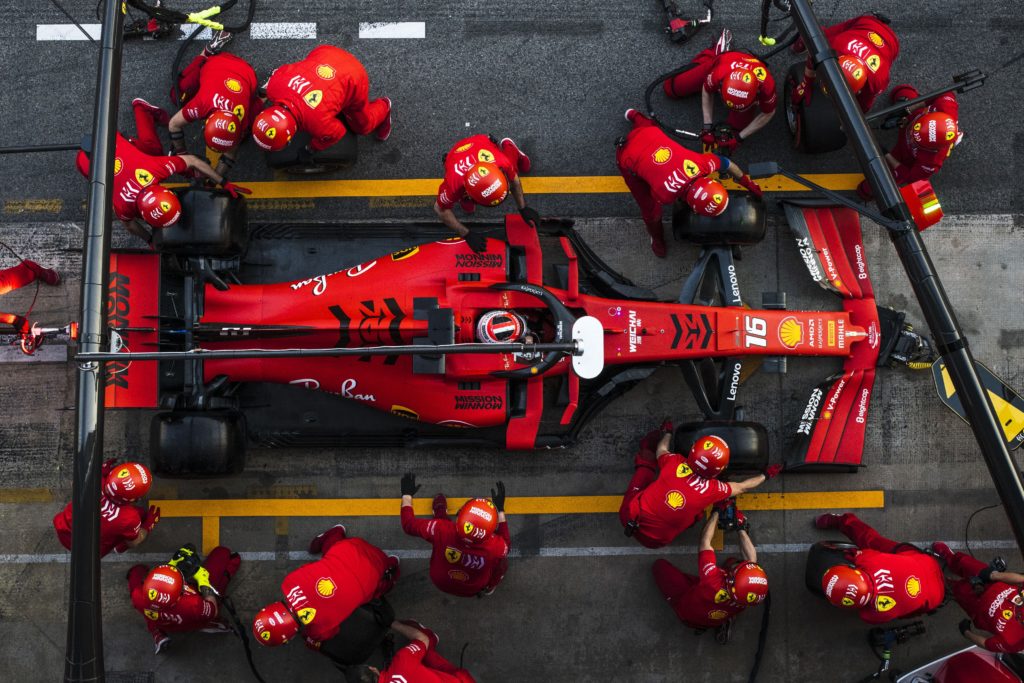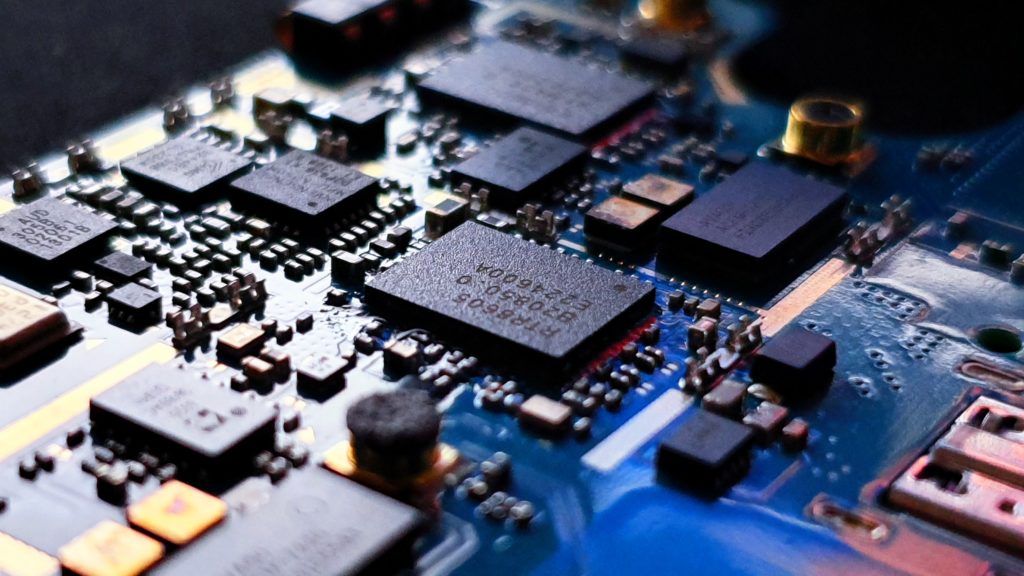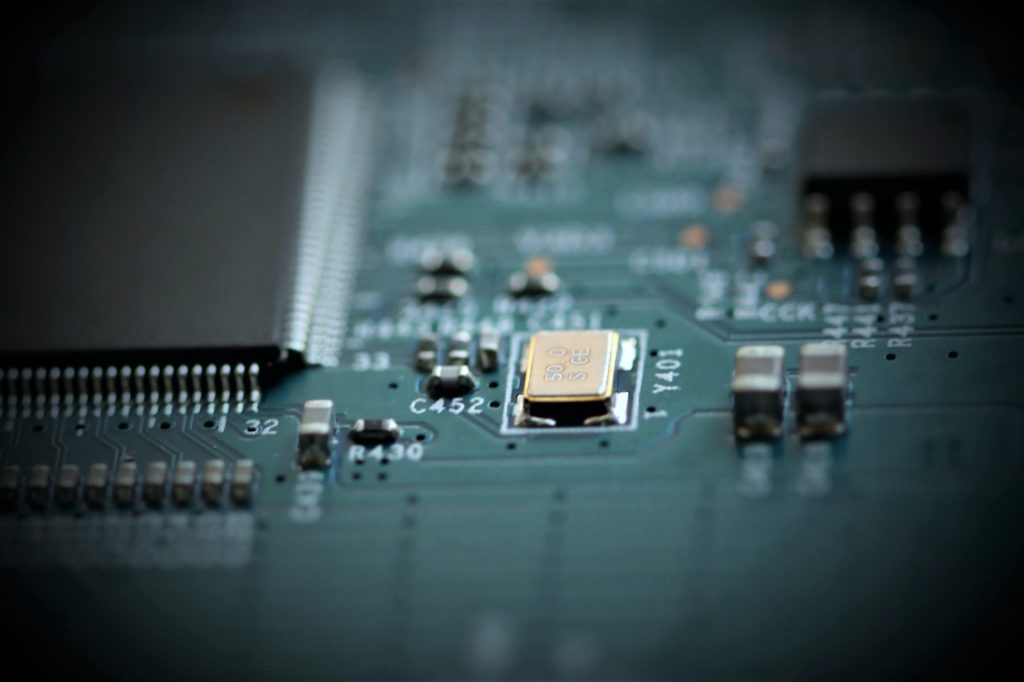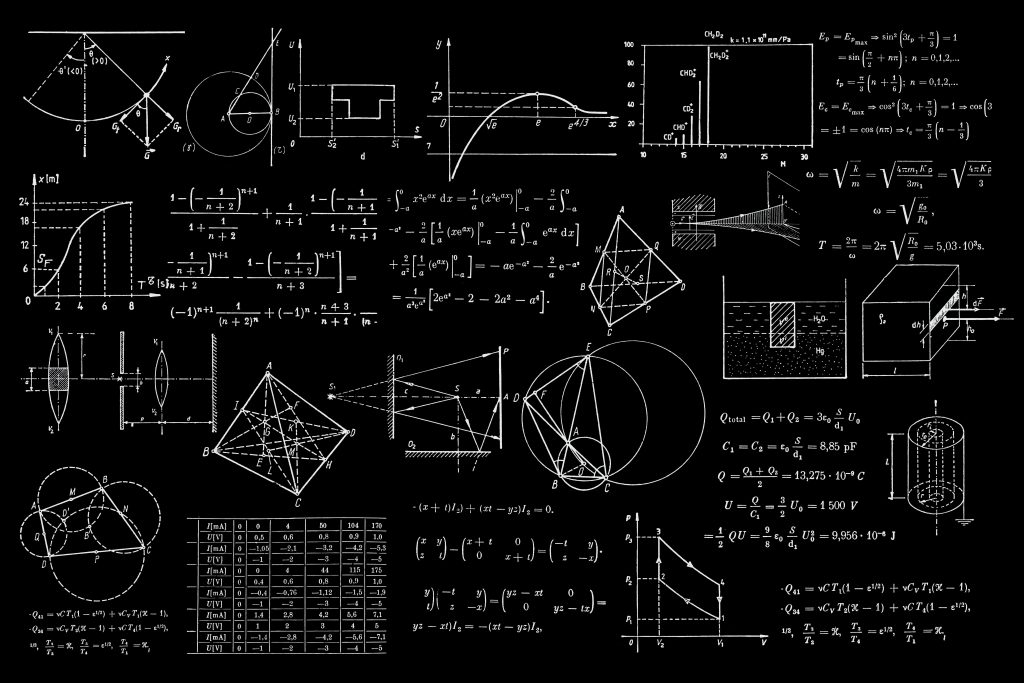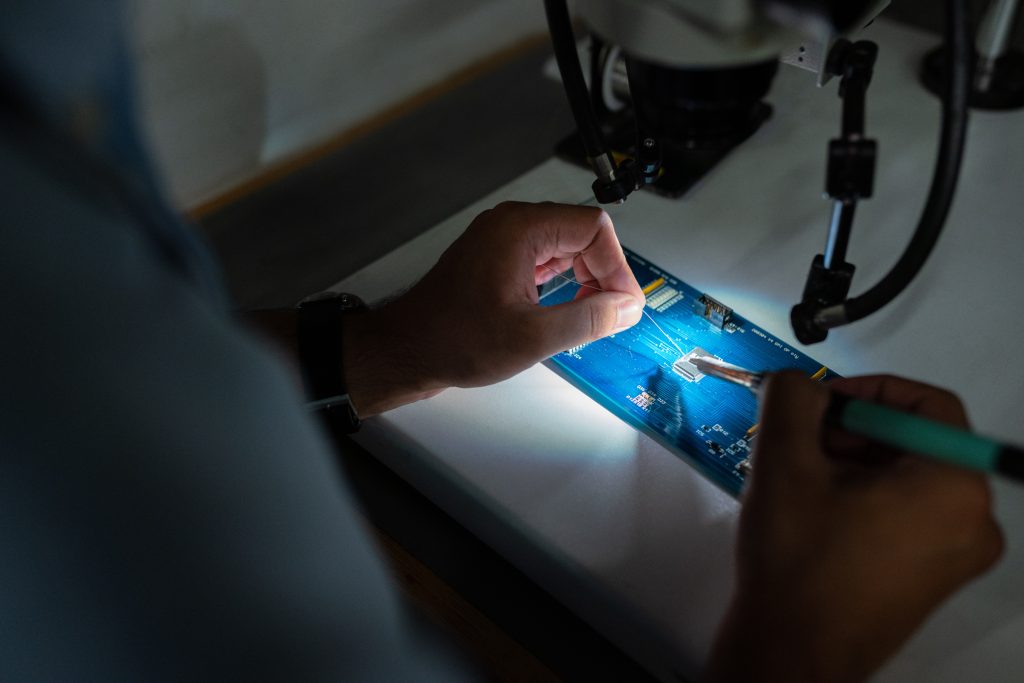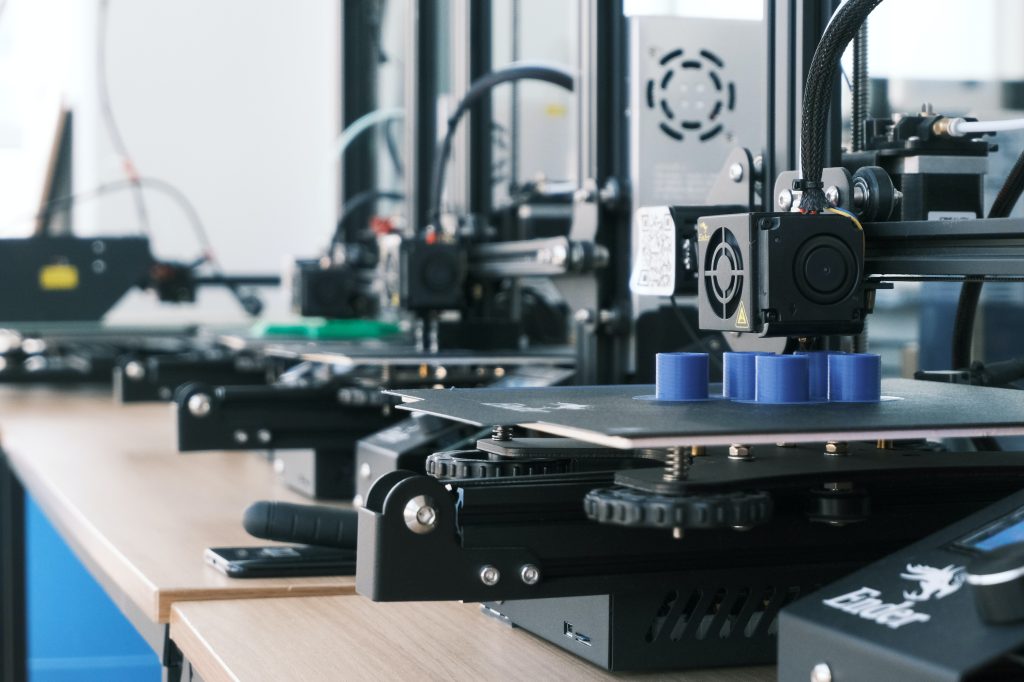Photo by gustavo Campos on Unsplash
73rd Formula One World Championship has started. Ten teams and twenty drivers will compete for the next ten months by running high-speed cars across twenty-two different types of racing circuits located in several parts of the world.
The team with consistent results, flawless drivers, skilled mechanics, and a powerful electromechanical system will eventually win the championship. While the racing teams are focused on getting to the chequered flag first, a lot of activity and effort goes behind to make the complex car system work without error.
Out of all the components, semiconductor also plays a crucial role. Formula One calendar also provides a platform for different automotive semiconductor companies to test new concepts on a speed track, where average speed ranges from 180-200 mph.
Sensors: Silicon sensors play a vital role by capturing data around the car during the run time, which is a crucial part of the Formula One process.
Control: Formula One steering wheel consists o more than 30 buttons, all connected to a small handheld platform. Several tiny silicon chips ensure this communication is forwarded accurately to the car and the team.
Different semiconductor chips enable fast and accurate decision-making. It is a crucial part of the race-winning strategy. Processing data and presenting it to the racing team is also a differentiating factor between winning and losing the race.
Today, a Formula One car has more than 100 different types of simple to complex chips. Formula E (electric version of Formula One) has much more due to the electric power management system. It shows how semiconductor contributes to a Formula One championship.

Radio communication and data analysis is a big part of the Formula One championship. Both of them rely on silicon chips that can provide near-zero latency systems.
Apart from utilizing existing solutions, semiconductor companies also have strategic partnerships (and sponsorship) with Formula One teams. It allows them to experiment with new solutions on a track and car that stresses the system to its limit.
Communication: Real-time communication from the car, driver, and team allows faster decision-making. Doing so requires an error-free and near-zero latency silicon-driven system.
Data: Crunching the data about how the car is moving, who is ahead and behind, how the engine performance is and whether the tires are in good shape is a big part of Formula One racing, and teams that make a quick decision using it eventually wins the race and the championship.
Such a solution goes through several testing before the start of the championship and is eventually made into the final car if the testing results are promising. A centralized computer system to monitor car activity is one such example.
The technology behind the Formula One car will keep evolving. It will also keep presenting opportunities for automotive companies to test ideas in an environment that can push the system to its limit. As the world moves towards a more chip-driven approach, Formula One itself presents as big technology and investment-driven platform to try out the best ideas.
